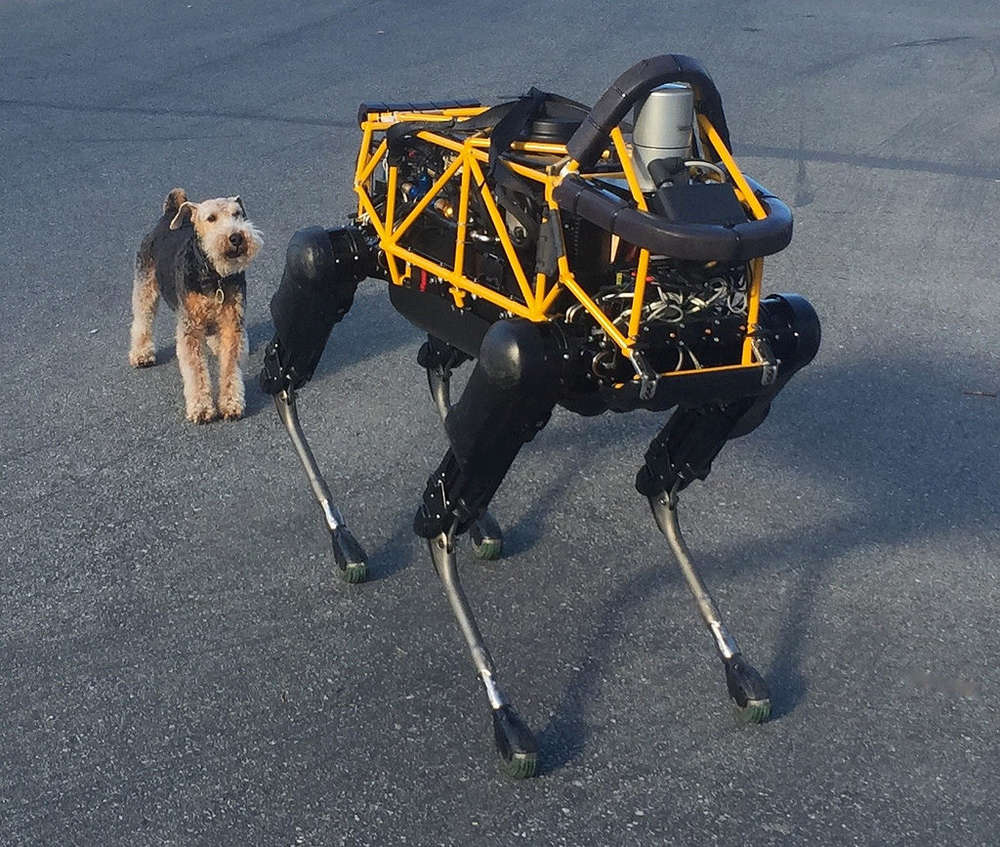It’s been a month of extremes for Google’s artificial intelligent efforts, as the tech giant basks in the afterglow of winning a board game tournament against one of the world’s top players, while also privately attempting to sell its impressive robot efforts. As reported by Bloomberg , the makers of the too-loud military robotic mule, LS3, and ATLAS, the humanoid bot who stood up to bullies just last month, are looking for a new home.
Google’s decision to try to sell off its Boston Dynamics robotics group highlights a fundamental research problem: software is easier to develop than hardware, especially when dealing with artificial intelligence and robotics. The company bought Boston Dynamics in 2013, and it reportedly plans to sell it after culture clashes within the larger Google enterprise and a lack of a deliverable product.

Boston Dynamics' WildCat can gallop at high speeds.
With Boston Dynamics, Google was working on machines that could break out of the rigid confines of the factory and perform a broad range of tasks. It dealt with a number of unsolved problems, requiring fundamental research.
Back in November, the challenges in an internal meeting held by Google’s robotic leaders were apparent. According to Bloomberg , executives discussed the viability of artificial intelligence techniques such as teaching robots to do physical tasks, and how the Boston Dynamics group needed to collaborate more with other Google teams.
“In order to make AI work in the real world and handle all the diversity and complexity of realistic environments, we will need to think about how to get robots to learn continuously and for a long time, perhaps in cooperation with other robots,” said researcher and professor, Sergey Levine. “That's probably the only way to get robots who can handle the randomness of everyday tasks.”

Boston Dynamics' BigDog, posing above with a live dog, has the ability to stay upright as it climbs slopes and treks across uneven ground.
Though impressive, Boston Dynamics’ robots need technology that doesn’t exist, at least not yet. The software to control them and give them autonomy is still a research issue being worked on by universities across the globe. This is likely why Google thought it would take a decade to develop the technology into a commercial product.
Among potential buyers of the robotics design company are Toyota and Amazon.
Advertisement
Learn more about Electronic Products Magazine





